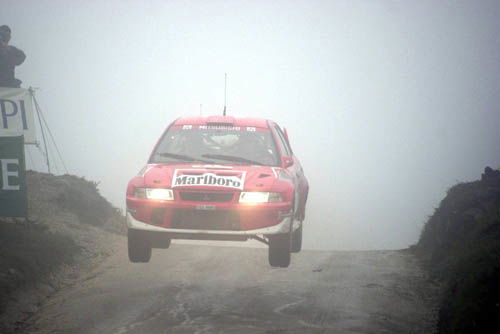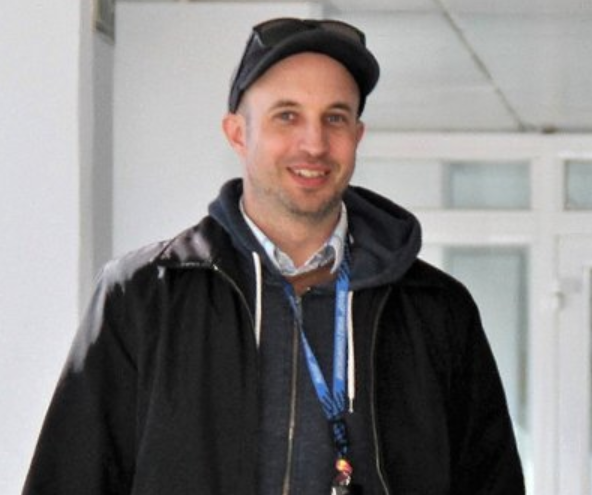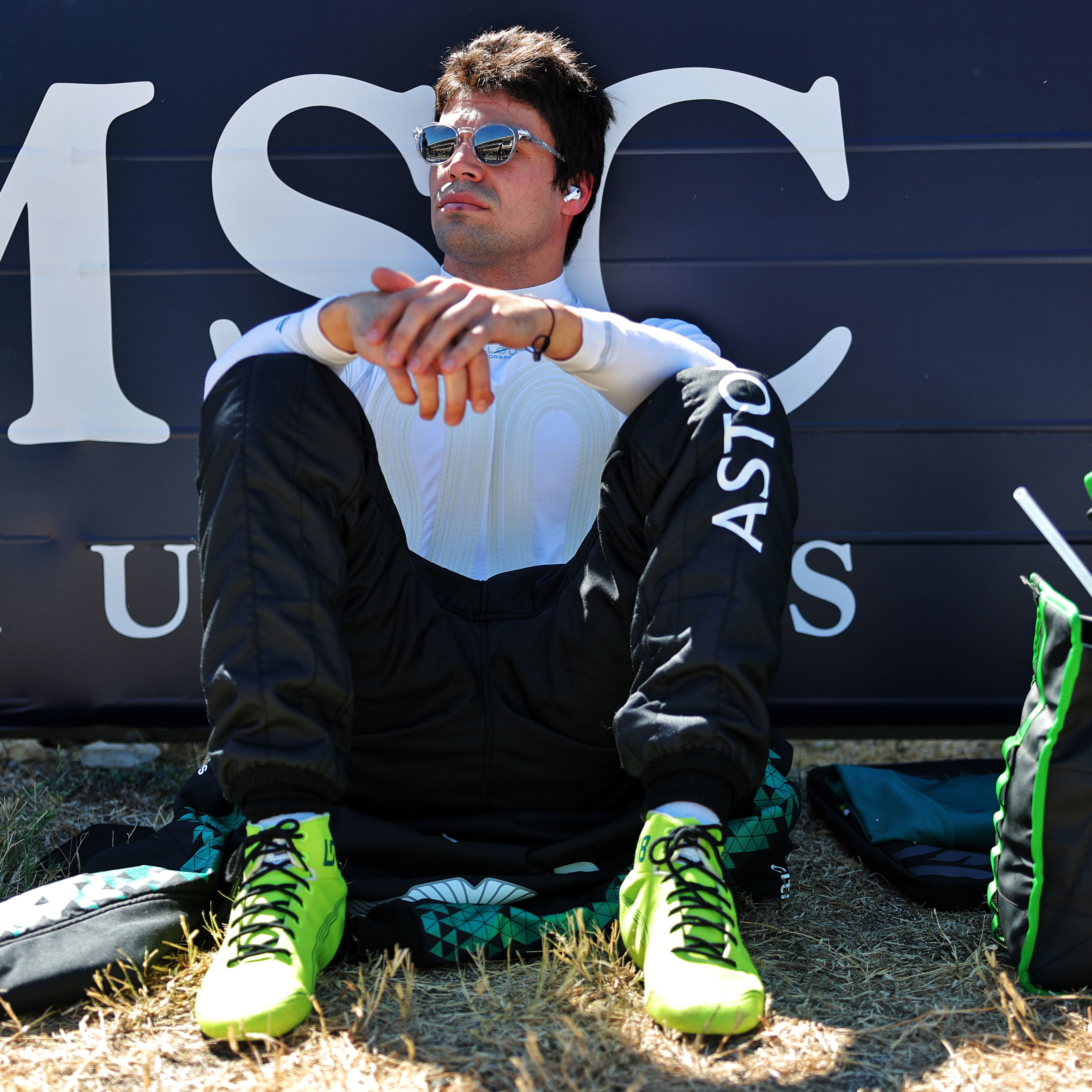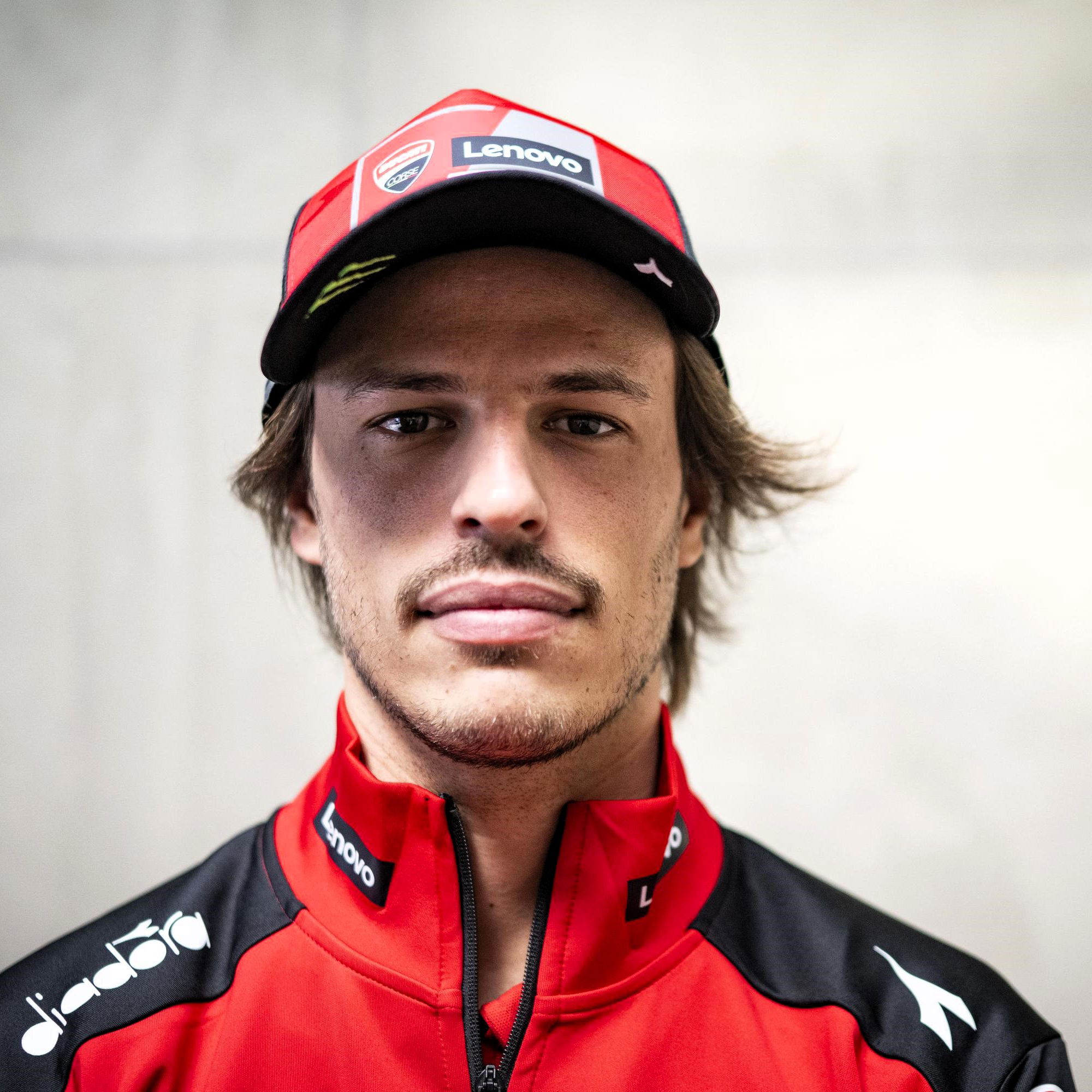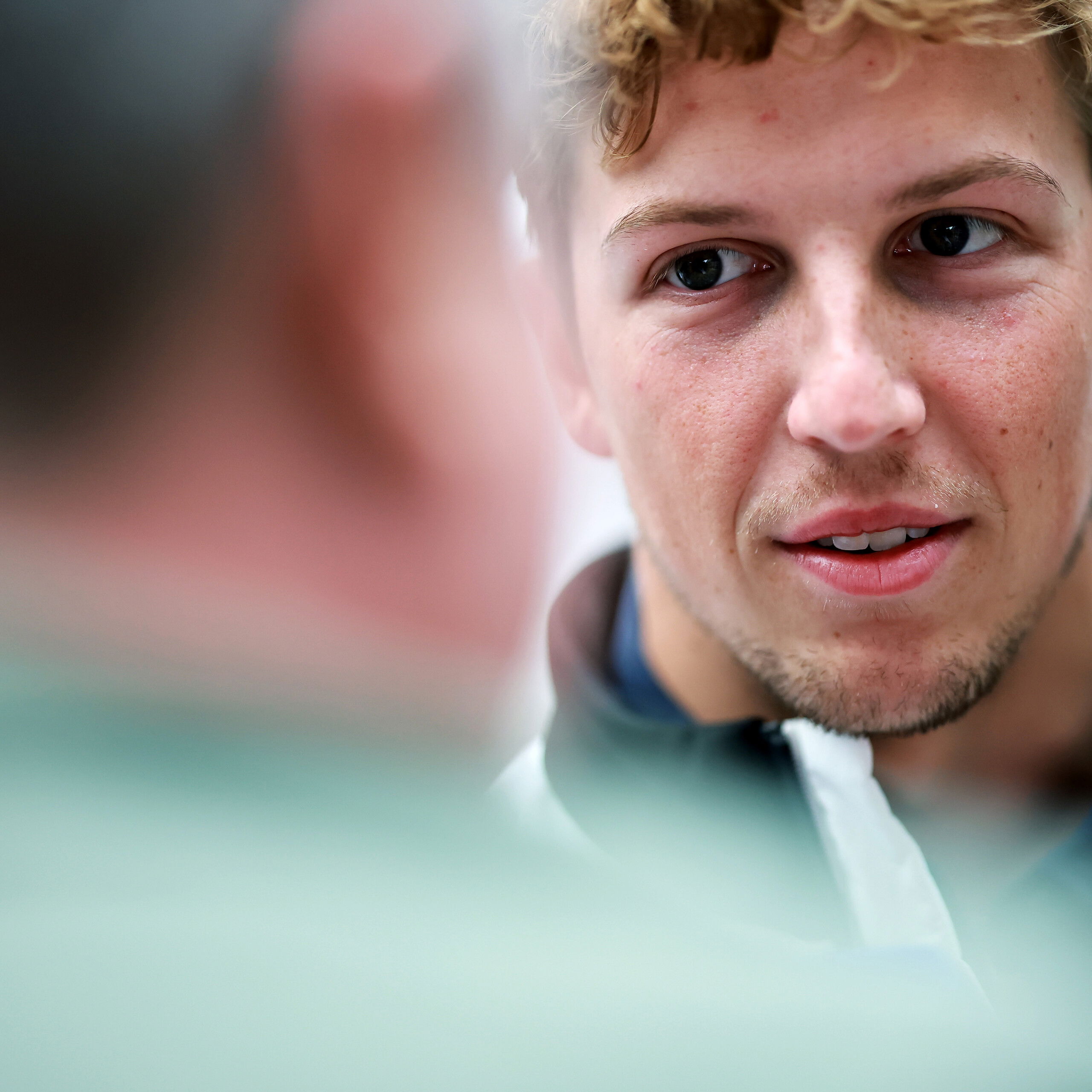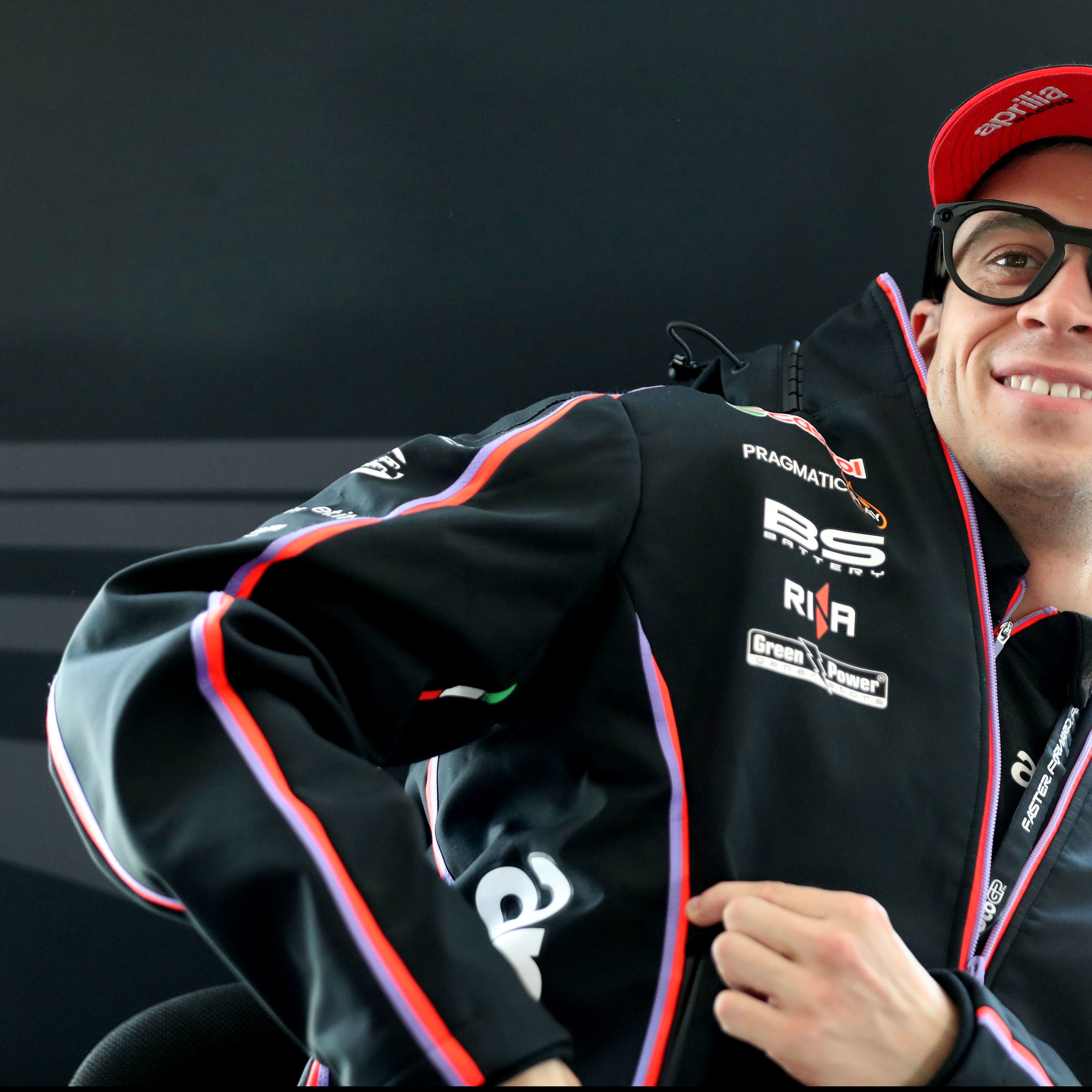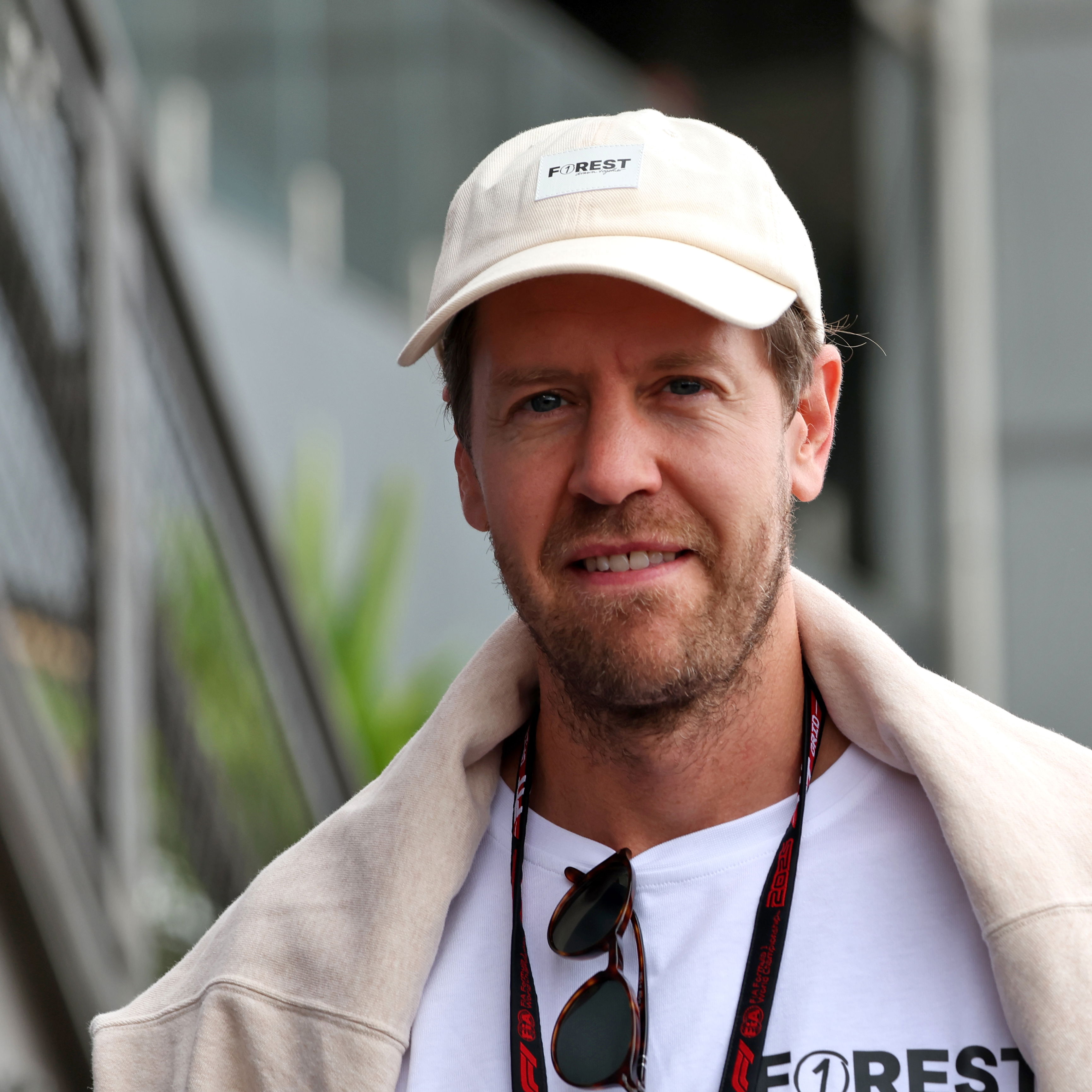Hyundai Accent WRC? launched.
The Hyundai Castrol World Rally Team has launched the second generation of the Hyundai world rally car, the Accent WRC?. The launch took place at Grahams' distillery on the southern side of the port wine city of Oporto, preceding the TAP-Rallye de Portugal, on which it will make its debut.
Attending the launch were Team Principal David Whitehead, Nick Clipson, Chief Engineer and the team's three drivers, Alister McRae, Kenneth Eriksson and Piero Liatti.
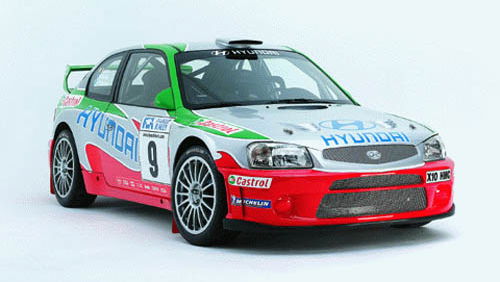
The Hyundai Castrol World Rally Team has launched the second generation of the Hyundai world rally car, the Accent WRC?. The launch took place at Grahams' distillery on the southern side of the port wine city of Oporto, preceding the TAP-Rallye de Portugal, on which it will make its debut.
Attending the launch were Team Principal David Whitehead, Nick Clipson, Chief Engineer and the team's three drivers, Alister McRae, Kenneth Eriksson and Piero Liatti.
As expected, much interest was channelled towards Nick Clipson, who has been instrumental in designing the first generation car, and now the Accent WRC?. "The Hyundai Accent WRC? is a lighter, more refined version of the first generation car and has been designed on what is fundamentally an already very good package." began Chief Engineer Clipson.
"85% of the car has been revised with the intention of not only making it faster but also improving the reliability and serviceability. A front active differential is the only change to the transmission and we have already employed it in Monte Carlo and Sweden to great effect. It has now been incorporated as part of the transmission system to allow significant gains on all surfaces.
"The engine has been further developed in-house by Motor Sport Developments, by fine-tuning the mapping and the boost control to improve response and driveability. This process will continue throughout the year to realise further engine improvements.
"The external shape of the WRC? has been refined in the wind tunnel, to make the car more efficient by reducing the drag and improving aerodynamic stability. Balance is now better between front and rear in terms of down force.
"Lastly, the new car features a lighter chassis with increased suspension travel to optimise handling. Ohlins dampers have been redesigned to greatly increase front and rear suspension travel, which will pay dividends, particularly on rough surfaces," concluded Clipson.
All three drivers are looking forward to getting behind the wheel of the WRC?, and although recent testing was successful in eliminating minor problems, rallying against competition will be the car's real test.
Kenneth Eriksson, who will contest all gravel rounds of the Championship, with the exception of Safari, is eager to prove the car's new potential pace. Having set a number of notable stage times in Sweden with the sole modification being the active front differential, Eriksson is now ready to prove more.
"The car felt really very good in testing. We covered quite a lot of ground and it is definitely a step in the right direction. The first car was a very good package, as we showed both last year and in the first two events of this year but this car will help us close the gap to other, more established cars even further. It definitely has the potential to become a winning car and it would be really good to be able to be fighting for podiums towards the end of the year, " said the Swede.
Piero Liatti, who will be focusing on tarmac rounds this season, has yet to take on the challenges of the WRC?. "I will be undertaking some intensive testing on tarmac after Portugal and although I haven't driven the new car yet I have heard some good things. I spent a substantial amount of time in the first generation car and after speaking to Alister [McRae] and Kenneth [Eriksson] about the improvements in the WRC? I am very much looking forward to trying it out myself," said the likeable Italian.
Despite his accident while testing in northern Spain, Alister McRae was positive about the promises the new car holds. "Portugal will obviously be difficult, as no matter how much you test, it isn't until you rally and really push the car to its limits that you begin to discover details that could use further attention, as Subaru found out in Monte Carlo, at the beginning of the year. I pushed the car as much as possible on the test, possibly a bit too much - at least we now know MSD build a strong rally car!"
Alongside launching the new car at the event for which Hyundai is one of the sponsors, it also falls inline with the re-branding of the team's title sponsor, Castrol. Although the new-look Castrol logo was seen at the recent F1 Australian Grand Prix, this is its first exposure within the rallying world.
Richard Buitenhek, Director, Global Brand Marketing for Castrol, explained the launch of the new logo from a Castrol perspective. "Castrol is changing to meet the future needs and expectations of its customers. In order to achieve this, a new logo is necessary to redefine their strategies to identify new opportunities.
"The new logo is a reflection of passion, excellence, challenge, confidence and a commitment to technology, reflecting a bold new vision as well as new brand values. The logo is essentially the public signature of the brand, and while demonstrating progress, retains some Castrol heritage. And similarly to the Hyundai Accent WRC? that has been presented at the launch, the new design is an evolution of the brand we are familiar with, in a way that is relevant to today's media and audiences."
David Whitehead concluded, "We are proud to launch the Accent WRC?, the second generation of the world rally car, in which the Hyundai Motor Company and Motor Sport Developments, alongside valued team sponsors and partners, have invested time, funds and skill, to contribute to the car we see here. And we wish our three drivers Alister McRae, Kenneth Eriksson and Piero Liatti success in producing the results we believe can be found within the potential of the Accent WRC?."
